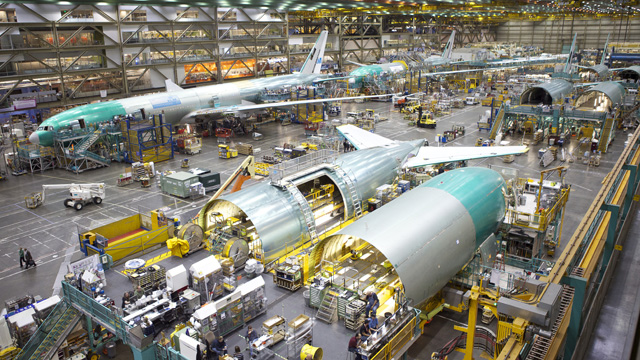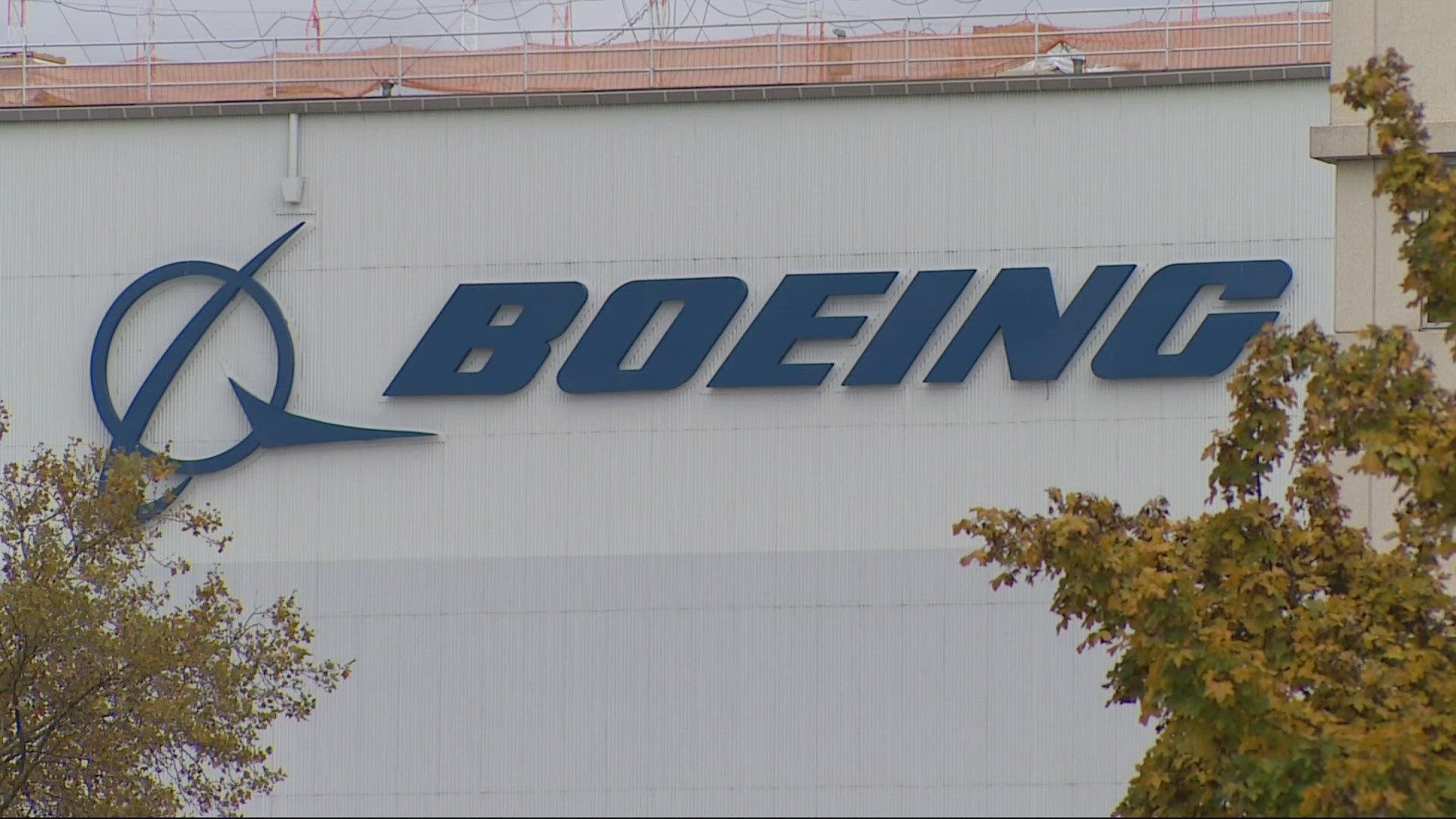The Boeing 777 is considered one of the safest planes in the world by aviation analysts and the crash today of a Malaysia Airlines plane in Ukraine seems unlikely to change that record unless the cause is traced to a flaw.
There were reports that the Malaysia Airlines plane carrying 295 people from Amsterdam to Kuala Lumpur was deliberately shot down, but we have really no good information, or no confirmed information on the cause of the crash, Robert Mann, an aviation consultant with R.W. Mann and Co. in New York, said Thursday.
The plane's safety record has been very strong, Mann said. We had an aircraft that landed short in London because of double engine flameout, which was traced to a fuel system problem. And we had the Asiana crash in San Francisco about a year ago. And, of course, we had Malaysia Airlines Flight 370. Unfortunately, we still don't know what happened to that.
None of those incidents have been attributed to flaws with the 777 as a primary cause, he said.
- Malaysia Airlines Flight 370, with 239 people on board, was a Boeing 777. The flight, from Kuala Lumpur to Beijing, lost contact with air-traffic control on March 8. Despite a multinational search that's been one of the most expensive in history, no trace of the plane has been found.
- In the case of the British Airways flight that landed short, It was a Rolls Royce engine fuel system icing up, which was not a Boeing issue, Mann says.
- On Jan. 17, 2008, British Airways Flight 38 from Beijing to London crash-landed just short of the runway; 47 people were injured, and the accident was blamed on ice crystals in the fuel.
The Asiana Airlines Flight 214 crash that killed three people and injured 187 on July 6, 2013, involved a 777 that struck a seawall and broke apart at San Francisco's airport.
In that crash, The NTSB (National Transportation Safety Board) report was fairly damning on cockpit crew competence and procedural actions, Mann said.
The NTSB said last month that the flight was caused by pilots mismanaging the descent toward the airport and not aborting the landing to try again. The board found that contributing factors included the complexities of the Boeing 777's auto-throttle, which were inadequately described in the manufacturer's documents, and inadequate pilot training and monitoring.
According to Boeing, the 777 was the first jetliner to be 100% digitally designed using 3-D computer graphics. It was preassembled on the computer throughout the design process, eliminating the need for a costly, full-scale mock-up, the company says.
The 777 program was launched in October 1990 with an order from United Airlines, and in June 1995, United flew its first 777 in revenue service. The 777 is the widest, most spacious airline in its class and includes improvements in airfoil technology, flight deck design, passenger comfort and interior flexibility, according to Boeing. The airplane is larger than all other twinjet or trijet airplanes, but smaller than the 747.
In March, Richard Aboulafia, vice president for analysis with the Teal Group in Virginia, told USA Today: This is the best international plane every built yet it's got an impeccable track record after 20 years and over 1,200 deliveries. It's typically used on international routes, and it's established a new standard for international safety.
Henry Harteveldt, an analyst with Atmosphere Research in San Francisco, said then that the 777 is one of the safest, most reliable planes ever.


